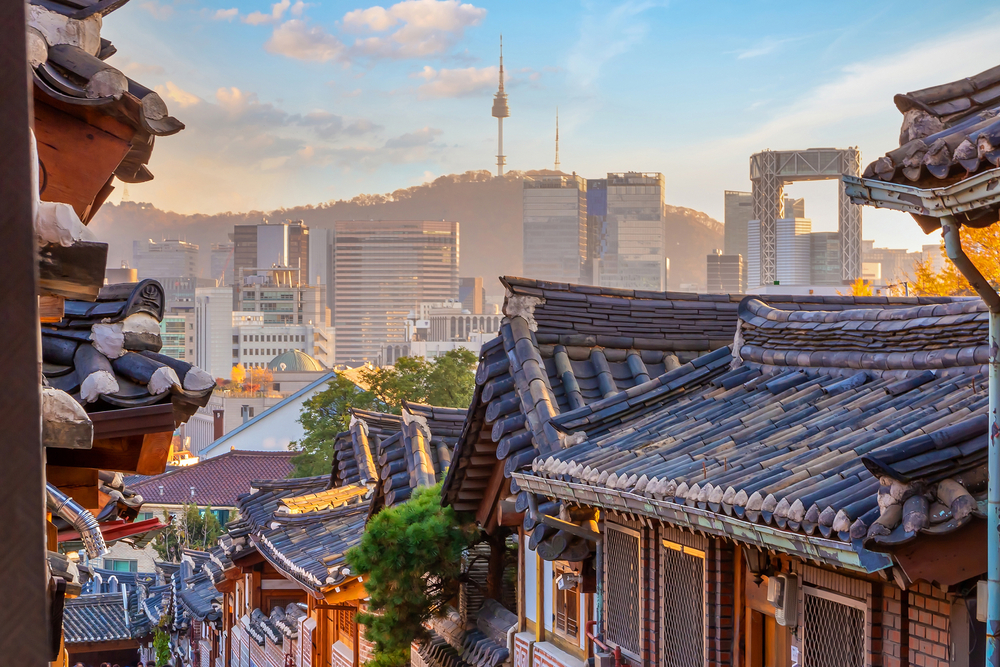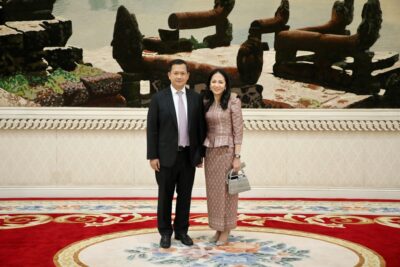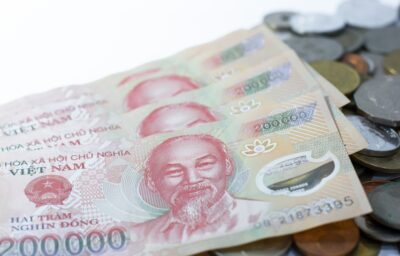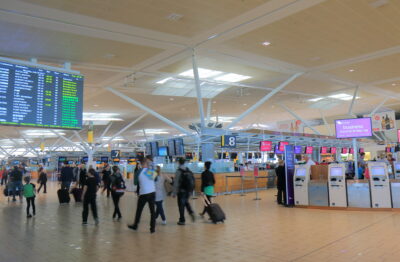South Korea’s housing market will be supplied with 2.7 million homes from 2023 to 2027
The Seoul metropolitan area will be supplied with approximately 1.6 million homes

South Korea’s land ministry announced that the Yoon administration will be supplying the market with 2.7 million new homes across the country from 2023 through 2027, according to Xinhua.
The Seoul metropolitan area will be supplied with approximately 1.6 million homes, according to The Ministry of Land, Infrastructure, and Transport added.
Approximately 520,000 homes will be provided through redevelopment, reconstruction, and downtown development projects, and 880,000 will be available to the general public. Private developers will build the remaining 1.3 million houses.
“The plan not only goes beyond providing a hands-on housing supply plan but also encompasses improving housing quality and living environment and housing welfare for socially vulnerable people,” the land minister emphasised, reported Arirang.
According to him, the ministry will resolve housing problems prone to disasters after heavy rains killed several people who lived in semi-underground homes. These units will be purchased by the government and reconstructed or converted into community facilities.
Moreover, the government is providing some 500,000 new homes to newlyweds, young adults, and first-time buyers at a price below 70 percent of the market value.
More: Korea sees growing demand of one-person households from young Koreans
CNN reported that Basement apartments, also known as banjihas, have long been plagued by issues such as poor ventilation and plumbing, lack of practical escape routes, insect infestation, and bacterial exposure. Seoul is becoming increasingly unaffordable as wages stagnate, rents rise, and the job market becomes saturated.
Seoul Mayor Oh Se-hoon commented that banjihas compromise safety and the residential environment itself, which is why they should be eliminated.
The government implemented new regulations regarding the restriction of banjiha apartments in “habitually flooded areas” after the 2010 and 2011 floods left dozens dead. However, the attempt at reform was unsuccessful, and 40,000 additional basement apartments were built as a result.
Approximately five percent of all households in downtown Seoul reside in banjiha apartments as of 2020.
The Property Report editors wrote this article. For more information, email: [email protected].
Recommended
Why everyone is moving to Selangor and Johor: Malaysia’s real estate comeback
Malaysia’s upturn in fortunes is especially prevalent in secondary destinations such as Selangor and Johor
Penang’s silicon boom: How the US-China tech war is supercharging local real estate
Penang’s booming semiconductor industry has created ripples within the local real estate sector
New leader, new opportunities: How Hun Manet is shaking up Cambodia’s real estate game
Hun Manet is overseeing decent economic growth and widening access to the country’s real estate market for foreigners
Singapore embraces inclusive housing reforms amid resilient demand
The Lion City’s regulatory strength continues to exert appeal for international investors








